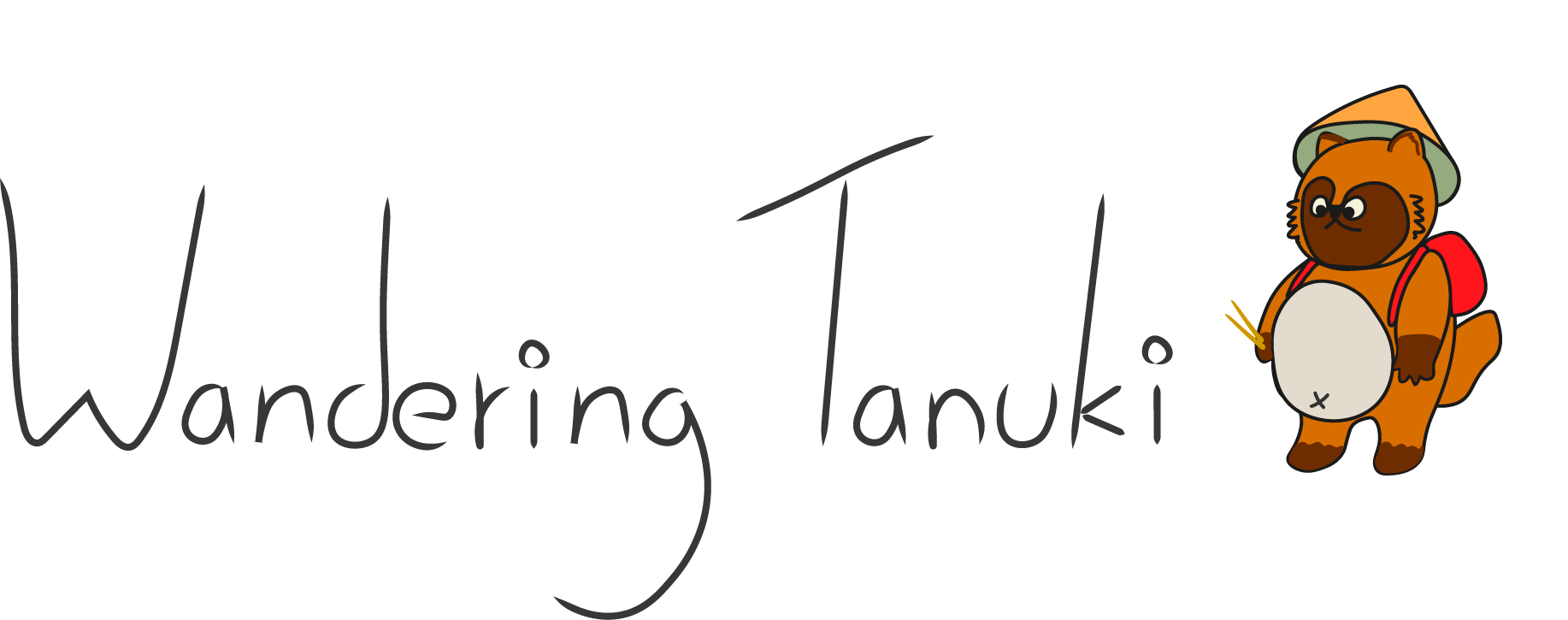Body Parts in Japanese: Vocabulary and Phrases!
Knowing how to say body parts in Japanese can be super useful! It’s not the first thing Japanese learners will want to learn, but it is an essential set of vocabulary. Imagine that you’re in Japan for the first time, and you need to go to the doctor. With this vocabulary, you can tell your doctor exactly what part of your body hurts.
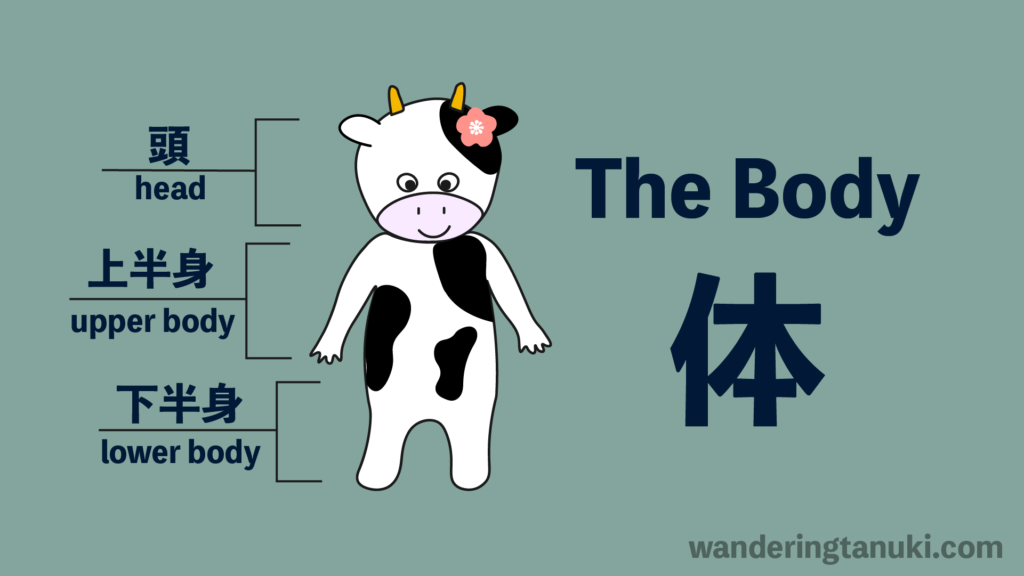
Introduction to body parts in Japanese:
Before we get into body parts in Japanese there are a few things I would like to mention about how to use the vocabulary.
Polite form of the body part word:
With some of the vocabulary words, it is possible that there are multiple ways to say the same word. For example, へそ(heso) and おへそ (oheso) meaning belly button. Notice how one has お(o) and the other doesn’t. The お(o) adds politeness to the word.
There are no real rules for which words can have polite versions. You’ll just have to learn them through listening to native speakers.
Lack of plural form:
Another thing is that there are no plural forms for these words. The Japanese language uses context and extra words to show the amount. For example, 目(me) or eye can refer to one, two, three, or multiple eyes!
How to say Body in Japanese
There are three different ways to say “body” in Japanese!
体 – karada
This is the most standard way that you might see the word for “body”. It can apply to animals and human bodies. When in doubt, use karada to refer to the body!
身体 – shintai
When you see shintai, it’s usually a bit more formal. For example, full body checkup at a doctor is called 身体検査 (shintai kensa). Unlike karada, it only applies to humans.
身 – mi
This word refers to the body on the inside, and can refer to your consciousness of self. Don’t use this one for “body” unless you’re talking about your inner self. However, note that this kanji does combine with other kanji to refer to different parts of the physical body. For example, 上半身 (upper body) or 身体 (whole body).
Head/face
First let’s get started with parts of the head and face! Here’s a list of words that you’ll want to learn.
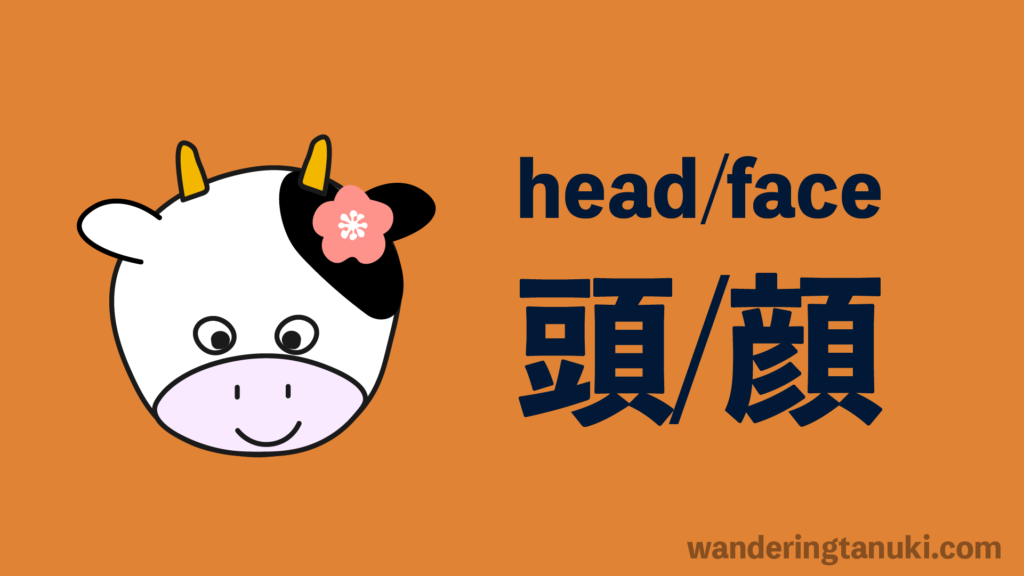
Upper body
Now let’s move on to upper body parts in Japanese!
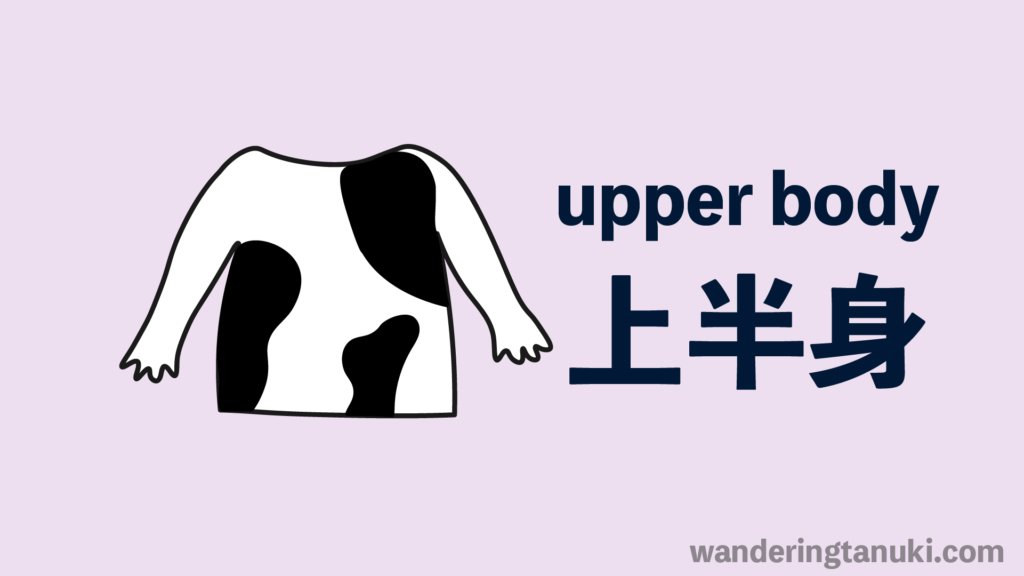
Lower body
Next up is the lower body parts in Japanese!
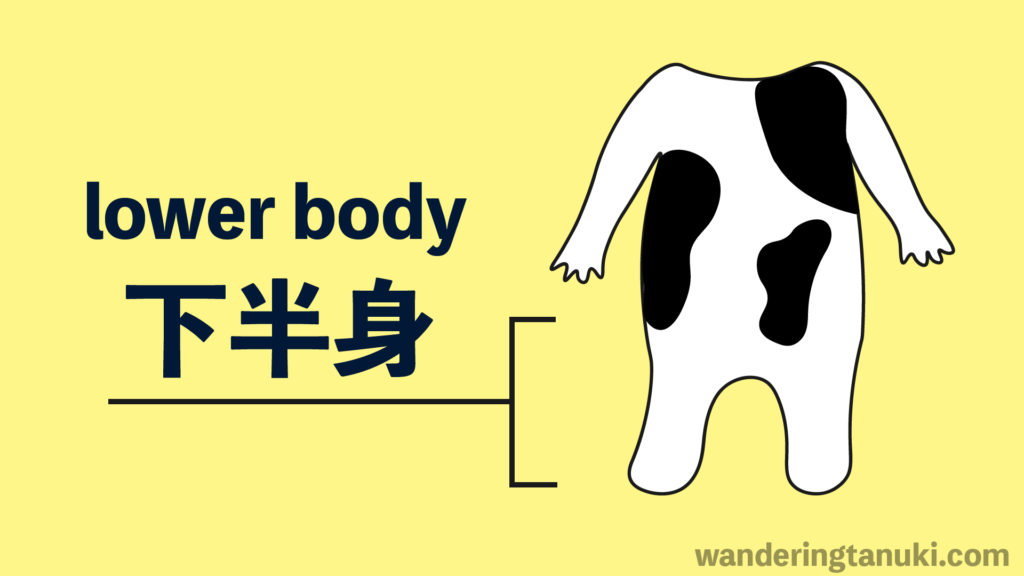
Internal body parts
Finally, these can be useful when you need to talk to a doctor.
Useful phrases with body parts:
In the following phrases, the verbs are in dictionary form. This means that you can change the verbs according to how you want to say the sentence. In the blank, add the body part you want to talk about.
_____が痛む – ga itamu – _____ hurts
Ex. 腰が痛む – koshi ga itamu – my hip hurts.
_____が重い – ga omoi – _____ is heavy
Ex. 体が重い – karada ga omoi – my body feels heavy.
_____が疲れる – _____ is tired
Ex. 目が疲れる – me ga tsukareru – my eyes feel tired.
お体に気をつけてください。- okarada ni ki o tsukete kudasai – Take care with your body
This phrase is often used in polite situations if you want to wish for another person’s health. You might hear this in a hospital or if you won’t see someone for a long time.
Japanese Idioms that use body parts
In every language, there are idioms that relate to body parts. For example, the phrase “break a leg” in English means “good luck”. Japanese is no exception and idioms can be a fun way to remember the body parts!
腹が減る – hara ga heru
Literal translation: stomach is less
Meaning: Hungry
腹が立つ – hara ga tatsu
Literal translation: stomach is standing
Meaning: Angry
口が硬い – kuchi ga katai
Litereal translation: mouth is hard
Meaning: refers to someone who can keep secrets
鼻が高い – hana ga takai
Literal translation: nose is high
Meaning: Someone who is full of themself
頭から火が出る – atama kara hi ga deru
Literal translation: Fire coming out of the head
Meaning: Very angry
死人に口なし – shinin ni kuchi nashi
Literal translation: No mouth for dead people
Meaning: Someone who’s dead can speak for themselves
I hope this article can be useful when you want to talk about body parts in Japanese! I also recommend knowing these words for complimenting people. See my article on How to compliment men in Japanese or How to compliment women in Japanese
~ Tanuki





